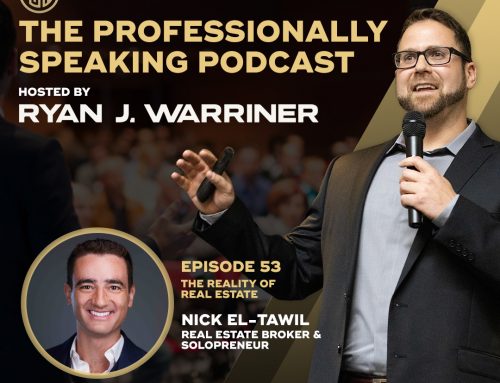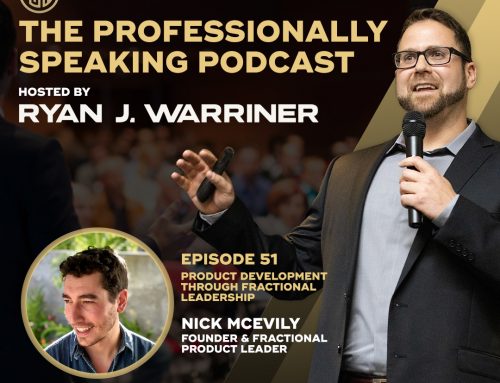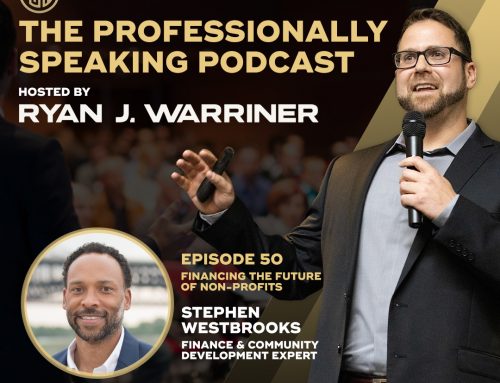When people say that they are preparing for an upcoming presentation, what do they mean? And what can you do to increase your success?
Consider the following…
You have an upcoming professional presentation. You’re thinking about when you’ll start working on it and what it should include. You’re pondering the positive and negative consequences of your presentation. You get started by creating slides, but you begin second guessing yourself. You feel like you’re missing something or you’re not sure if you’ll meet expectations. You review your content repeatedly hoping to find something to improve, but are unable to squash that constant feeling of unease. Time’s running out, and you realize that you’ll have to present what you have—and hope that it’s acceptable. Sound familiar? You’re not alone. This is the process that many professionals endure each time they are tasked with delivering a presentation.
The causes
There are two huge misconceptions in this scenario that lead to subpar preparation and performance of a presentation. First of all, many of us are prone to believing that we instinctively understand our purpose and desired outcome in a given presentation. Our purpose is to deliver a presentation and our desired outcome is to simply “complete” the presentation. Isn’t it?
The answer is no. In fact, this is a severe misconception.
The truth is, the purpose of a presentation is either to inform or persuade the audience. The desired outcome of a presentation is to bring a specific result to fruition (i.e. investment, sale, increased awareness, etc.). These presentation components are supremely important and typically require meaningful consideration before a full understanding is established.
The second misconception involves our human inclination to measurable progress and results. Overall, preparing for a presentation is very difficult to quantify. The presentation structure, word choice, rehearsals, and so on can be quite time consuming. However, oftentimes they’re very difficult to gage in terms of progress made, or work remaining. On the other hand, there is a component of presentation preparation that is quite easy to quantify, slides. Not surprisingly, this is where many presenters begin and end their preparation. They believe that slides are paramount to their presentation as they focus their allotted time and resources to building a comprehensive slide deck.
The effect
This approach results in a double negative effect. One is that your slides are likely overloaded with content and information that make it difficult for your audience to absorb. The other is that you’ll have squandered your time redesigning and polishing your slides, when you could have spent time practicing your delivery for maximum impact.
Slides are intended to support your presentation, not supplant your presentation. In other words, you as the presenter are expected to be the focal point. Think of your presentation like a movie: you are the actor in a scene with the message and your slides are the background for more context. Who should have more of an impact on the audience?
The remedy
How should I prepare, you ask?
The best approach begins with an understanding that you have limited time to spend preparing before you present. From there you should consider what the best-case scenario is for you as a result of your presentation (your desired outcome). Then work backwards, planning to bring that outcome to fruition. Ask yourself:
What message do I want my audience to take away with them?
What type of content should I include?
What order or sequence would make it easiest for my audience to understand?
Which content explanation would benefit from a visual?
The act alone of asking yourself these guiding questions will help you narrow your focus and increase your odds of success. So, save the slide design until you know what you’re trying to achieve.
Prepare effectively like a professional. I wish you success in your future presentations!









